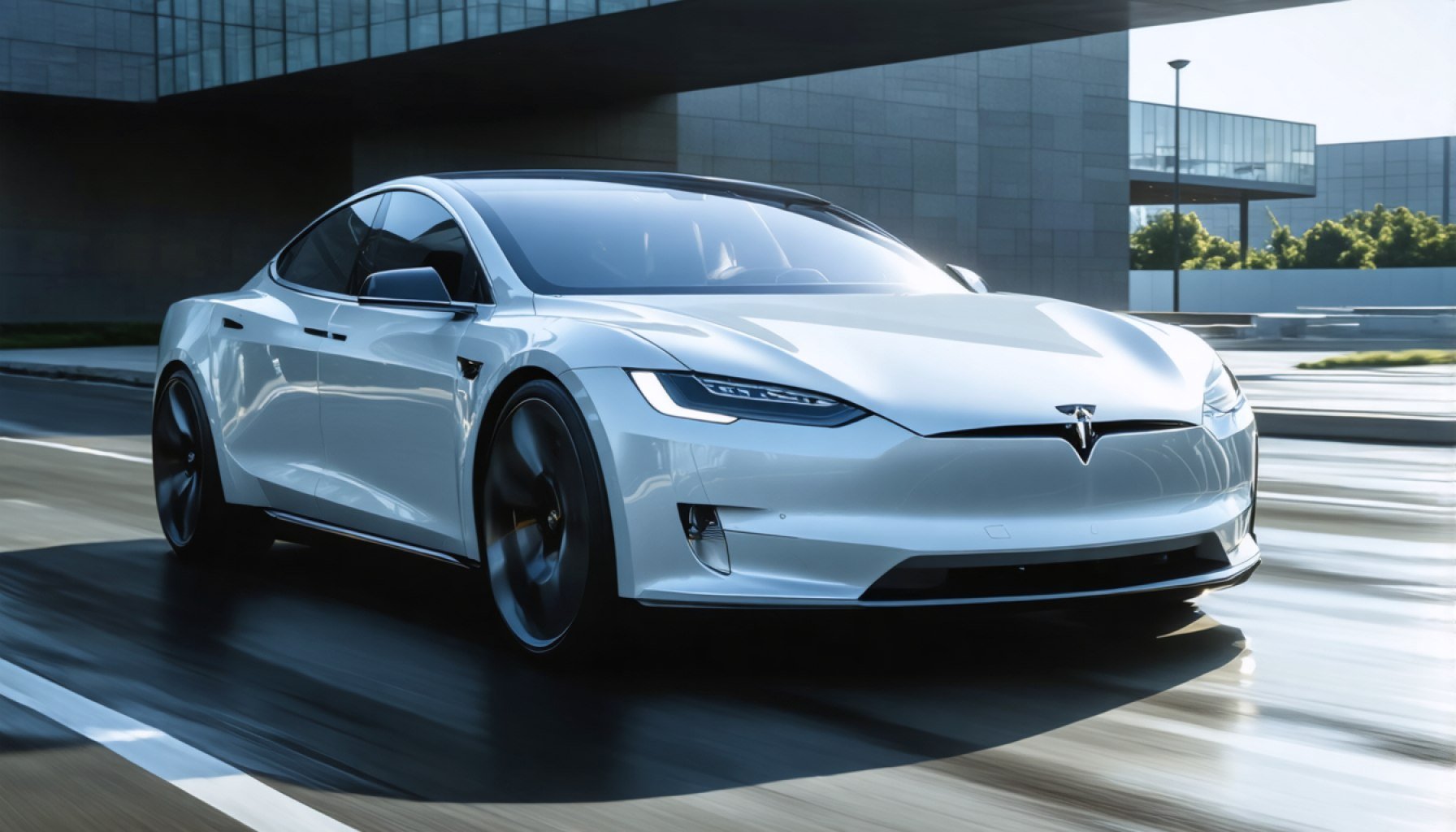- Nvidia is rapidly rising as a key customer for TSMC, potentially matching Apple’s long-held dominance by 2025.
- Nvidia’s contribution to TSMC’s revenue is projected to increase from 5-10% in 2023 to low-20s% by 2025, primarily driven by AI technology.
- TSMC is intensifying production of Nvidia’s Blackwell and Rubin chips while advancing its backend services and packaging business.
- Artificial intelligence is poised to constitute over 20% of TSMC’s revenue, with AI-driven demand promising a 40% surge in earnings per share.
- Nvidia’s GPUs remain crucial; however, ASIC chips from Amazon and Google could shift the tech landscape through evolving partnerships.
- Investors are optimistic about TSMC’s growth, expecting a 30% upside as AI fuels the semiconductor industry’s expansion.
A breathtaking transformation unfolds in the realm of semiconductors as Nvidia emerges as a formidable force, challenging Apple’s crown as Taiwan Semiconductor Manufacturing Co’s (TSMC) premier customer. Bolstered by the relentless surge in AI technology, Nvidia is on the verge of matching Apple’s longstanding command of TSMC’s production lines.
Picture a digital colossus relentlessly expanding; Nvidia’s contributions to TSMC’s revenue are expected to swell from a modest 5-10% in 2023 to a staggering low-20s% by 2025. Apple’s role remains significant, yet Nvidia’s ascension is rewriting the script in the chip-making saga.
Navigating this tempest of growth, TSMC is deftly managing high-demand production schedules for Nvidia’s Blackwell and Rubin chips, while ensuring its advanced packaging business races forward. Like an orchestra synchronizing its instruments, TSMC’s dexterity in backend services surges, setting ambitions on being the globe’s top outsourced semiconductor assembly and test ally.
The allure of artificial intelligence is a siren’s call, and TSMC expects AI to command over 20% of its revenue as early as this year. A bold forecast suggests a 40% growth in earnings per share, driven by AI’s march into data centers and beyond. Nvidia’s GPUs remain front and center, yet the shadow of ASIC chips led by giants Amazon and Google hints at evolving alliances that will shape technology’s horizon.
Investor eyes remain wide with anticipation as the semiconductor titan, primed with powerful AI momentum, sees a “bullish” future with a tantalizing 30% upside on the horizon. With every chip produced, a digital renaissance is underway—one that positions TSMC and Nvidia at the helm of tomorrow’s tech revolution.
AI’s Surge Drives Nvidia to Rival Apple in Chip Supremacy: What This Means for the Industry
Industry Trends & Market Forecasts
Nvidia’s rise as a key player in the semiconductor industry is emblematic of the broader trends shaping the market. With the exponential growth of AI applications, demand for advanced semiconductors is skyrocketing. Here’s how the landscape is evolving:
1. Shift in Market Dynamics: Nvidia is progressively replacing Apple as TSMC’s largest customer due to its expanding need for powerful GPUs used in AI technologies. This transition highlights the growing importance of AI chips in the market.
2. TSMC’s Strategic Position: TSMC is at the forefront of semiconductor manufacturing, leveraging its expertise in backend services and advanced packaging to maintain its leadership. The company’s efforts to align with Nvidia’s needs emphasize TSMC’s strategic adaptability.
3. AI and Data Center Push: The increasing reliance on AI in data centers is anticipated to drive a significant part of TSMC’s revenue, potentially commanding over 20%. As companies like Amazon and Google develop their own ASICs, the diversity in demand for different chip architectures has broad implications for the industry.
Real-World Use Cases
Nvidia’s GPUs are pivotal in multiple sectors:
– AI and Machine Learning: Nvidia’s chips are vital for training AI models in various applications, from natural language processing to autonomous vehicles.
– Data Centers: High-performance GPUs are integral in data centers for processing large datasets, enhancing efficiency, and reducing latencies.
– Gaming and Graphics: Nvidia continues to lead in the gaming sector with its RTX series, driving forward next-generation graphics and realistic rendering.
Controversies & Limitations
The semiconductor industry, while booming, faces several challenges:
– Supply Chain Constraints: There are ongoing concerns about supply chain vulnerabilities, especially following disruptions caused by geopolitical tensions and the pandemic.
– Environmental Impact: The production of semiconductors is resource-intensive, raising environmental sustainability issues.
– Competition: Nvidia faces increasing competition from companies developing ASICs and other specialized chips, which could reshape industry dynamics.
Features, Specs & Pricing
Nvidia continues to push the boundaries of what GPUs can achieve:
– Advanced Architecture: Utilizing cutting-edge architectures like Hopper and Blackwell, Nvidia’s chips are designed for maximum efficiency and performance.
– Pricing: While high-performance chips command premium prices, Nvidia’s diverse product line offers options across various price points, from consumer GPUs to specialized AI processors.
Security & Sustainability
– Security: Nvidia invests heavily in R&D to ensure its products are secure against potential vulnerabilities and cyber threats.
– Sustainability Efforts: TSMC and Nvidia are working on reducing their carbon footprint by adopting greener production processes and energy-efficient technologies.
Reviews & Comparisons
– Nvidia vs. Apple: While Apple’s customization approach offers seamless integration within its ecosystem, Nvidia’s versatility and raw power in AI processing make it the go-to for many high-performance computing tasks.
– Nvidia vs. AMD: Nvidia’s GPUs are often praised for their superior performance in AI workloads compared to AMD, though AMD’s offerings can provide better performance per dollar in gaming contexts.
Actionable Recommendations
– For Investors: Keep an eye on Nvidia’s growth trajectory in AI and data centers, which promises significant returns. Diversification into semiconductor-focused ETFs could hedge against market volatility.
– For Tech Consumers: Evaluate current and future AI needs to select the appropriate Nvidia product. Consider environmental impact when purchasing electronics.
For more information on semiconductors and technology trends, visit the official websites of Nvidia and TSMC.


















